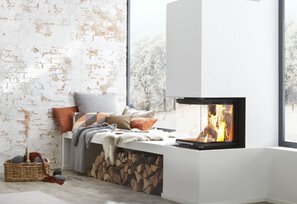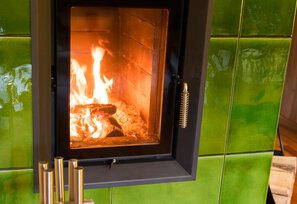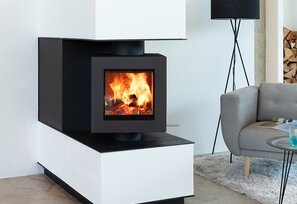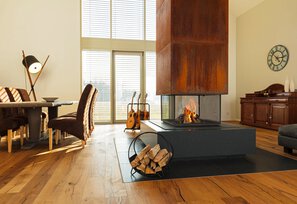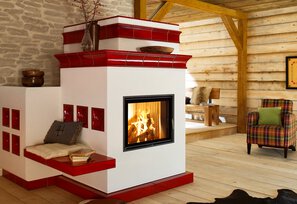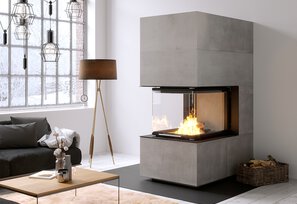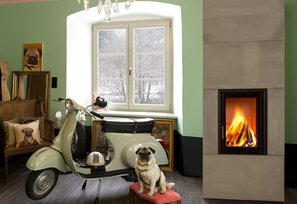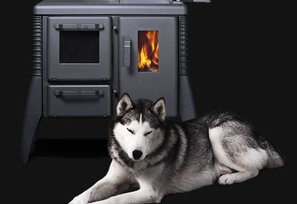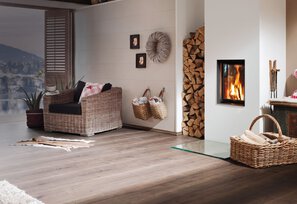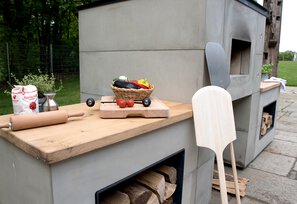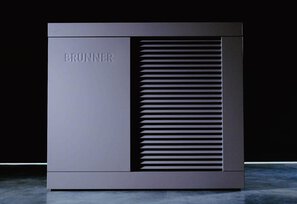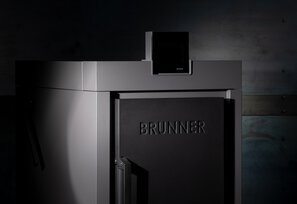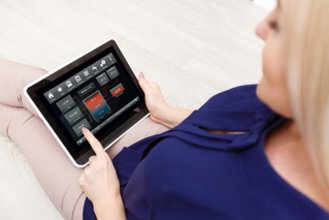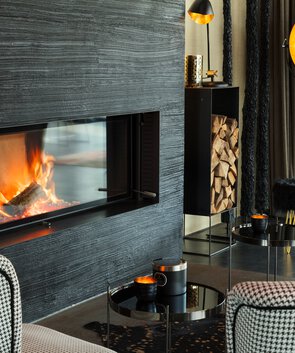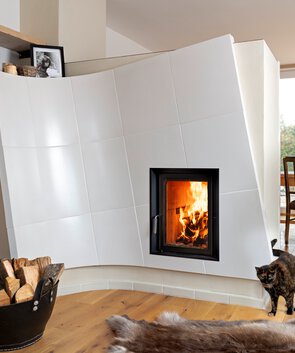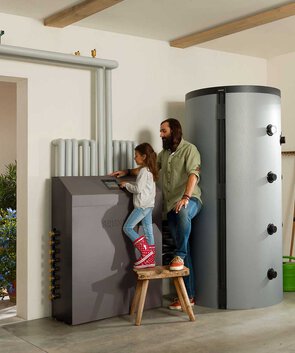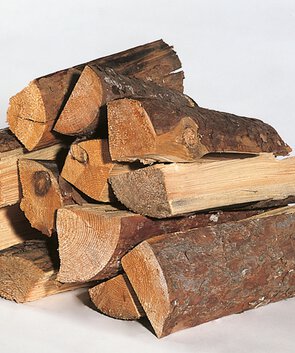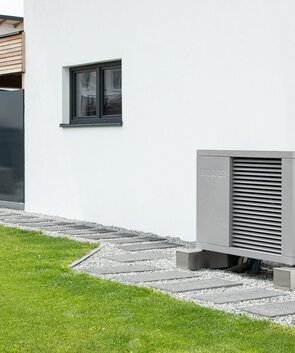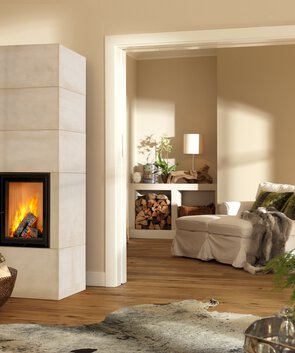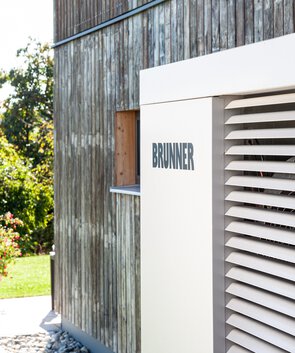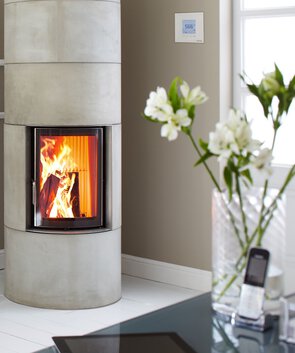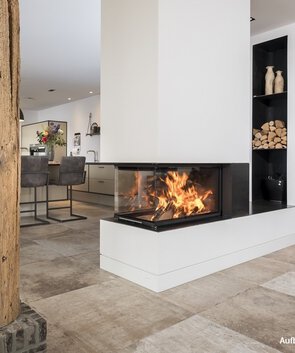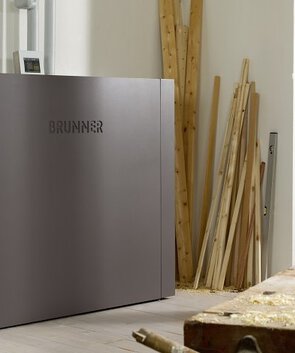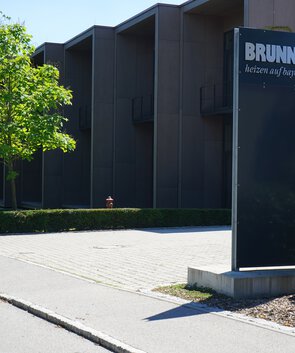Heat pump in old buildings: sensible or not?
Even in old buildings, a heat pump can be an efficient and environmentally friendly heating technology that leads to long-term energy savings and a reduction in CO2 emissions. However, some prerequisites and aspects must be taken into account. This is because the installation of a heat pump in old buildings is often associated with additional costs and effort, especially if extensive renovation measures are required.
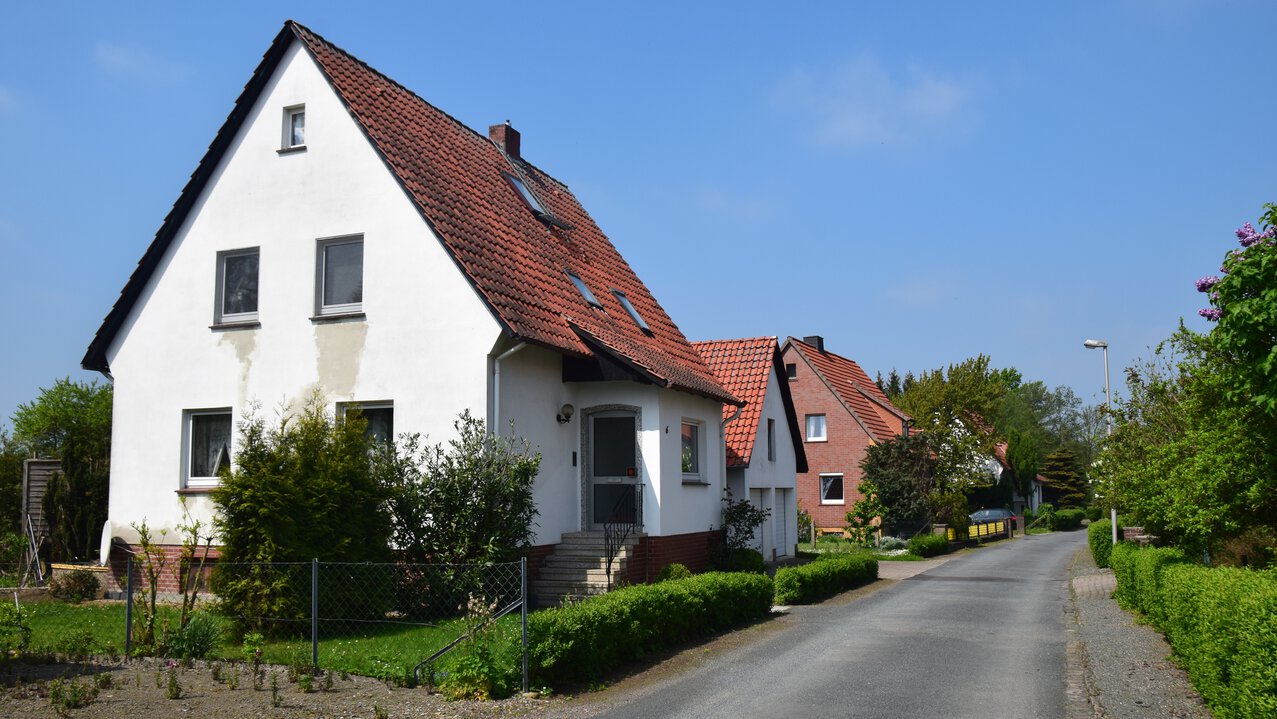
Heat pumps use natural thermal energy from the environment - the air or the ground - to heat buildings and provide hot water. In new buildings, heat pumps like the BRUNNER "green" have long been standard. The particularly environmentally friendly model draws the energy for heating from the air, like any air-water heat pump, and transfers it to the heating system in the building. Air-to-water heat pumps are popular because they are comparatively easy to install, require no earthwork and little space. However, they are less efficient than geothermal heat pumps.
Even in existing old buildings, a heat pump can be a sensible alternative to conventional heating systems such as oil heating or gas heating. A decisive factor in the use of a heat pump in old buildings is the supply temperature. Older buildings often have radiators installed that rely on a higher supply temperature. Heat pumps usually cannot easily meet these requirements. It is therefore advisable to replace the old radiators with more modern models or to use them in combination with underfloor heating, which requires a lower supply temperature.
In old buildings, building insulation also plays an important role in fundamentally reducing energy consumption. Good insulation of the walls, roof and windows is essential to minimise heat loss and increase the efficiency of the heat pump. If renovation or replacement of a heating system is planned, measures to improve insulation should therefore always be considered.
The installation of a heat pump in an old building also often requires some structural adjustments. Space and suitable connections for the heat pump system must be created. In addition, electricity and water pipes must be laid accordingly. Professional installation is essential to ensure optimal functionality of the heat pump.
An important consideration when using a heat pump is also the energy supply and this applies to every house, regardless of whether it is a new or old building. Since heat pumps are electrically operated, energy consumption will be higher in the building. It is advisable to look into the possibility of renewable energy sources such as photovoltaic systems in order to be able to cover the electricity consumption with the thermal energy that is generated by the pump itself. This can help reduce operating costs and further improve the sustainability of the system.
Does a heat pump really make sense in an old building?
A heat pump can make sense in old buildings if certain conditions are met. Here are some reasons for using a heat pump in an old building:
- Energy efficiency: Heat pumps use heat from the air, the ground or groundwater to generate thermal energy. Compared to conventional heating systems such as oil heating or gas heating, heat pumps can be much more energy efficient. They usually generate more thermal energy than the energy consumed. As a result, considerable energy savings are possible with lower CO2 emissions.
- Sustainability: Using a heat pump in an old building helps to reduce CO2 emissions and thus supports climate protection. Since heat pumps draw energy from renewable sources, they can make an important contribution to the energy transition and help reducing the consumption of fossil fuels.
- Funding opportunities: There are various government subsidy programmes that provide financial support for heat pump installations in old buildings. These subsidies can cover a significant part of the investment costs so that projects are more attractive for your wallet.
- Independence from fossil fuels: Using a heat pump in an old building reduces dependence on fossil fuels such as oil or gas. The prices for these fuels can vary and are sometimes subject to large price fluctuations. A heat pump, on the other hand, uses the available thermal energy from the environment, and achieves thus greater independence from fossil fuels.
Why not use a heat pump in an old building?
In addition to all the advantages, there are also some factors that can speak against a heat pump in an old building: In addition to the building insulation and supply temperature already mentioned, the space required plays also a role. Depending on the type of heat pump, installation may require additional space. The sometimes high investment costs also speak against the installation of a heat pump in old buildings, especially if extensive renovation measures are required. Replacing the entire heating system, adapting the radiators or installing underfloor heating may incur additional costs. The location conditions of the house should also be taken into account: Depending on the location of the old building, there may be specific conditions such as limited outdoor space or difficulties in connecting to the public electricity grid, or a photovoltaic system may not be advisable due to a lack of sunlight.
Is it possible to operate radiators with a heat pump?
It is possible to operate a heat pump in conjunction with radiators, but it requires careful planning and adjustments to the heating system. One challenge is the supply temperature. Radiators usually require a higher supply temperature than underfloor heating systems, for example. Heat pumps are most efficient when they are operated at lower supply temperatures. It is therefore advisable to check the radiators in old building to see if they fit with lower supply temperatures. It may be necessary to replace older radiators with modern models with larger heating surfaces. If the heat pump is used in conjunction with radiators, hydraulic balancing of the heating system is particularly important. Adjustment of the radiators is necessary so that each room receives the required amount of heat. This ensures an even heat distribution and prevents individual radiators from becoming unnecessarily hot. Hydraulic balancing ensures that the heat pump can work efficiently and reduces the system's energy consumption.
Suitable control technology is also recommended to optimally control the operation of the heat pump in conjunction with radiators. Modern heat pumps are usually equipped with intelligent controls to adjust the supply temperature to the requirements of the radiators. This ensures a comfortable indoor climate and maximises the efficiency of the heat pump.
When selecting and designing the heat pump, the heat demand of the building and the requirements of the radiators must be taken into account. Expert advice can help here.
How many degrees can a heat pump manage?
The maximum supply temperature a heat pump can achieve depends on a number of factors, including the heat source type (air, ground, groundwater), the heat pump design and the specific model.
Air-to-water heat pumps usually achieve supply temperatures of around 35 to 55 degrees Celsius. These temperatures are sufficient for the operation of modern underfloor heating systems and low-temperature radiators that have been tailored for use with heat pumps. Geothermal heat pumps can often achieve higher supply temperatures because they extract the thermal energy from the ground, which has a relatively constant temperature. Depending on the configuration, geothermal heat pumps can reach supply temperatures of 45 to 65 degrees Celsius. This enables the operation of conventional radiators with higher supply temperatures. However, a lower supply temperature is more efficient when using a heat pump because it uses less energy to maintain the desired room temperature.
Are there subsidies in Germany for installing a heat pump in an old building?
Home-owners can access subsidies for the installation of heat pumps and energy-efficient renovation measures in old buildings. Legislators and many energy suppliers offer financial incentives. They reduce the investment costs and improve the economic benefits of the heat pump. Funding is available at both federal and state level. These are some of the most important subsidy options:
- BAFA subsidy: The Federal Office of Economics and Export Control (BAFA) offers a subsidy for the installation of heat pumps under the Market Incentive Programme (MAP). This funding covers both the installation of heat pumps in new buildings and in existing residential buildings. The promotion takes the form of grants, the amount of which depends on various factors, such as the type of heat pump and the number of kilowatt hours installed.
- KfW funding: The Kreditanstalt für Wiederaufbau (KfW) offers various funding programmes for energy-efficient construction and renovation. Heat pumps can also be funded under these programmes. Both a low-interest loan and a non-repayable grant can be claimed. The exact amount of the subsidy depends on various factors, such as the efficiency standard of the building and the type of heating system.
- State subsidies: In addition to the federal subsidies, many federal states also offer their own subsidy programmes for the installation of heat pumps. The conditions and amount of the subsidy can vary depending on the federal state. It is worthwhile to check the specific subsidy options for your own federal state.
The exact terms and conditions for the subsidies can vary depending on the programme. As a rule, certain efficiency standards must be met and the installation must be carried out by qualified professionals. It is therefore advisable to explore carefully all options before starting the project and to find out about the current conditions from the relevant funding agencies. An energy advisor or a heating contractor can also help with the application for funding and offer individual advice on the topic of heat pump funding in old buildings.
Alternative: Hybrid heating gas - heat pump in old building?
A hybrid heating system consisting of a gas heating system and a heat pump can make sense in old buildings. These aspects speak for it:
- Flexibility: a hybrid heating system makes it possible to use the advantages of two different heating systems. The gas heating can serve as the main heat source and the heat pump can support the heating during periods of low heat demand or when ambient conditions are favourable. This ensures high efficiency and can reduce operating costs. The heat pump can also be linked to a wood-burning appliance. Water-bearing units with heat exchangers are ideal. BRUNNER offers well thought-out system solutions in these cases.
- Lower investment costs: The installation of a pure heat pump in an old building can be associated with higher costs, especially if extensive renovation measures are required. A hybrid heating system offers a more cost-effective alternative, as the existing gas heating system can continue to be used and only the heat pump component needs to be added.
- High heating capacity: Gas heating systems can generate high supply temperatures, which is particularly advantageous in old buildings with conventional radiators. The heat pump can be used at lower outdoor temperatures or when less heat is required. This maximises the efficiency of the heat pump while the gas heating system provides the required supply temperatures.
- Reduced CO2 emissions: By using a heat pump to supplement gas heating, CO2 emissions can be reduced compared to gas-only heating. The heat pump uses renewable energy sources such as the ambient air or the ground and requires less primary energy. This helps reducing the environmental impact and supports the transition to a more sustainable energy supply.
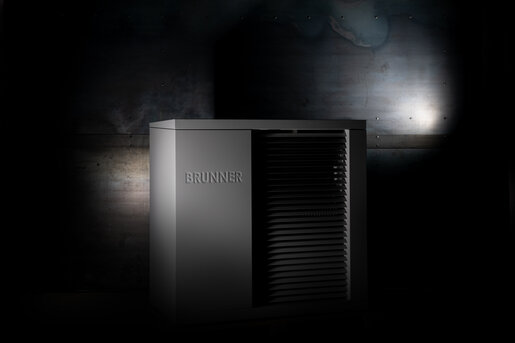

Conclusion
In summary, the use of a heat pump in old buildings is an attractive way to realise an efficient and sustainable heating system. With the right dimensioning, adjustment of the supply temperature, good building insulation and the use of renewable energies, the heat pump in old buildings can develop its full potential and reduce heating costs. However, you should always seek expert advice during planning and installation in order to take into account the individual requirements of the building and to find an optimal solution.
